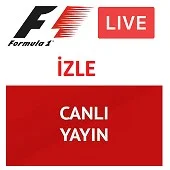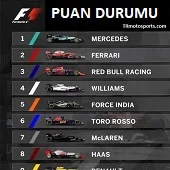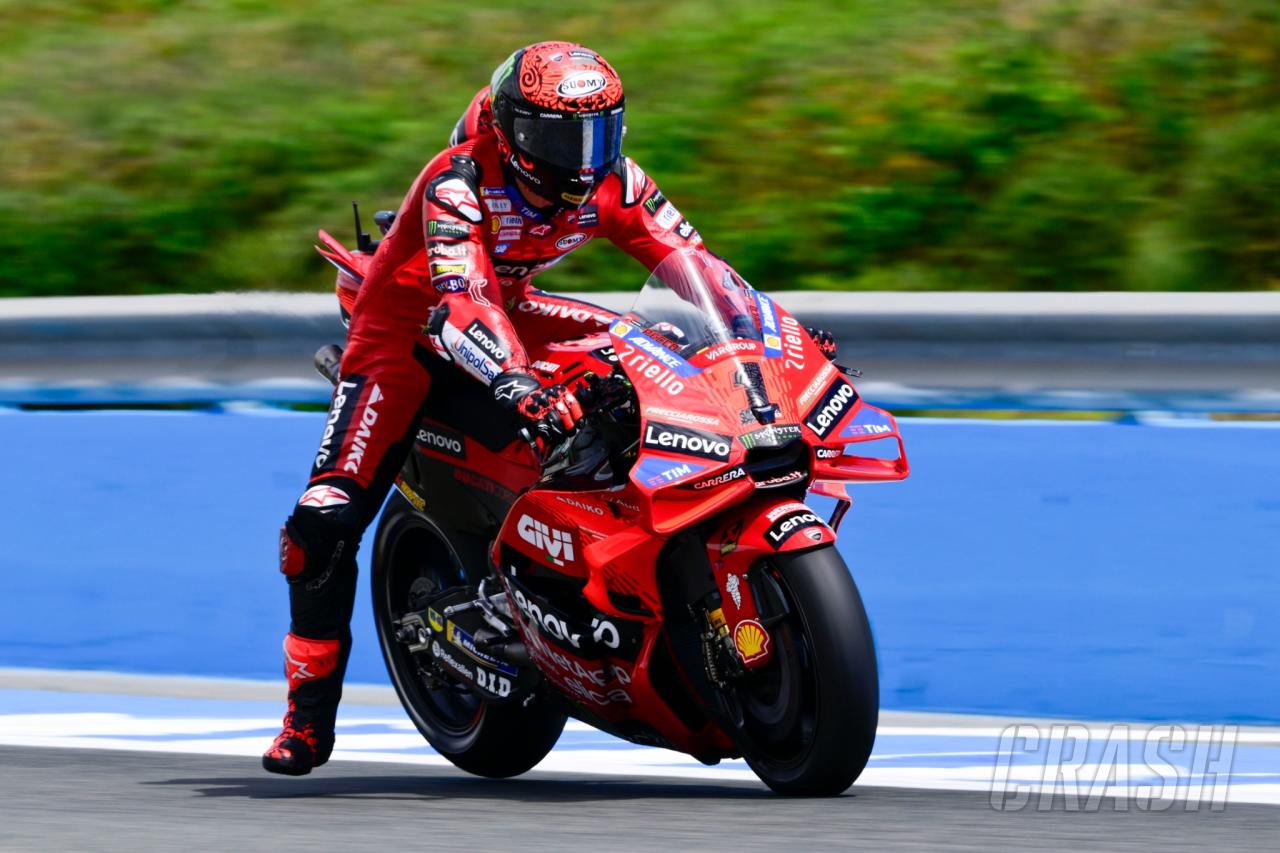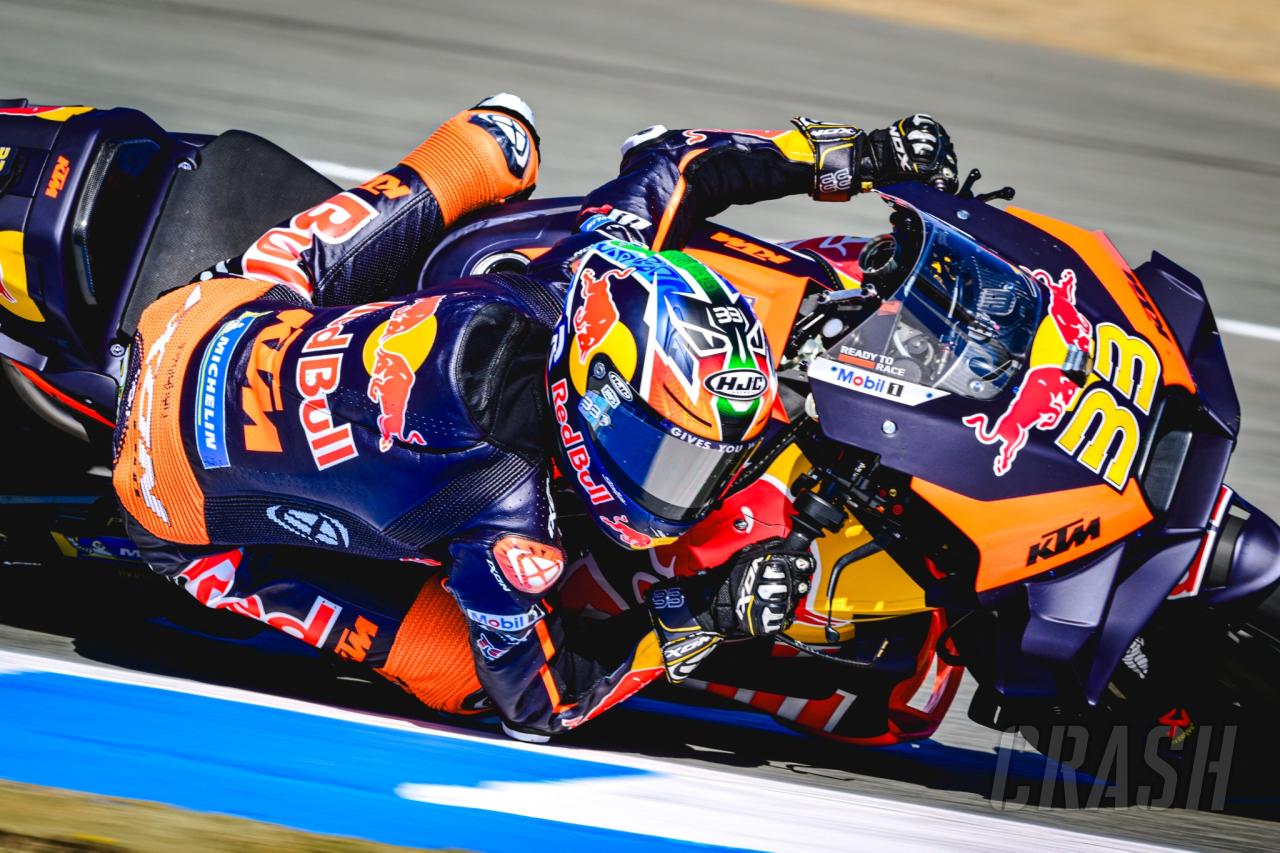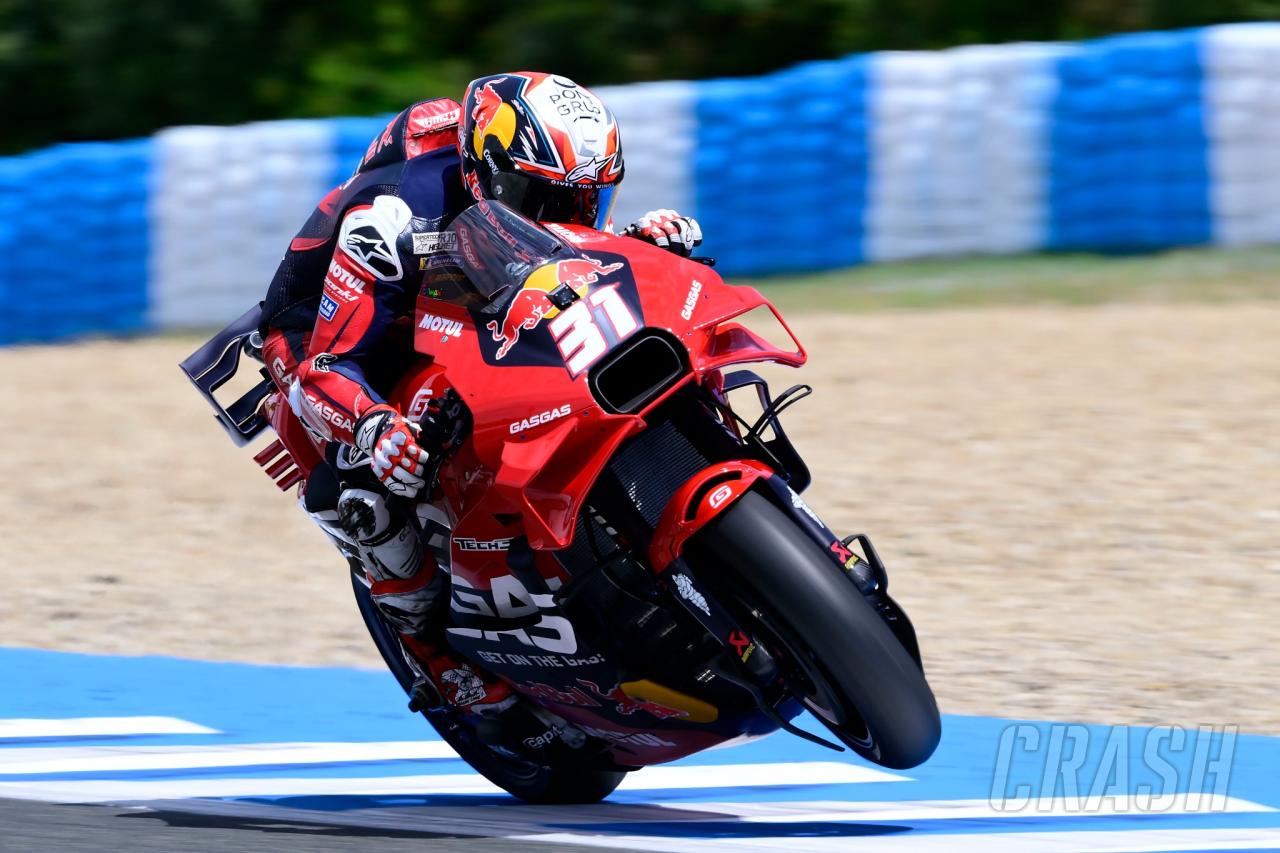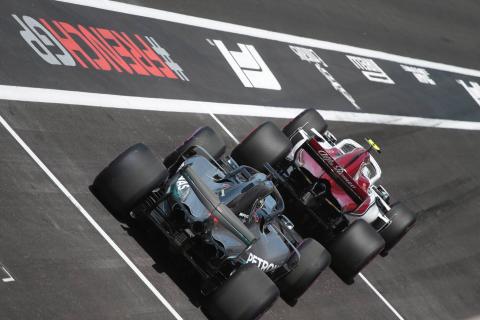
How F1 teams are taking on the triple-header with tech developments
| . | . | . |
The first triple header of the season begins with the French Grand Prix, which means that the fundamental performance of the car will, by and large, remain the same for the next three races as there is less time to analyse the car’s performance and make subsequent changes.
Each of the next three circuits present very different challenges, which is perhaps why we have seen only detail upgrades on the cars this weekend for fear of going down a wrong development path.
Paul Ricard – traditionally a testing circuit – has a rougher track surface than most of the other venues on the calendar. This generates more friction between the track surface and the tyre, bringing the rubber into its optimal range sooner. Cars with more downforce are also rewarded through reduced degradation.
The long straights that connect the fast sweeping corners will also underline any aero deficiencies and potentially reveal the power unit pecking order following the introduction of revised specifications from all manufacturers. Mercedes have now confirmed that all of their cars are running the new “2.1” specification unit this weekend, which was meant to be used in Canada but withdrawn following a quality issue.
McLaren’s sculpted engine cover
Relative to Red Bull’s stellar season so far, it is easy to criticise McLaren following their switch to Renault. Fans of the team can, however, be quite pleased with their progress since pre-season testing, where they suffered from a number of embarrassing setbacks including burning bodywork around the exhaust exit.
Since then McLaren have paid fairly close attention to this area, carefully sculpting the engine cover to extract heat from the car without increasing drag – more openings, even rearward facing ones, slow the airflow down. While the Woking-based outfit openly admit that their car is lacking in the low speed corners, it is also no secret that the MCL33 is inherently draggy; different rear wing specifications have been brought to many races this season, including this weekend in France.
Rather than further opening the bodywork, McLaren have designed small winglets at the rear to improve heat extraction, a tactic previously adopted by Ferrari. The winglets induce a small amount of low pressure behind the outlet that helps to pull the internal flow through, while also providing a bit of upwash to improve the performance of the rear wing and diffuser immediately behind.
High ambient temperatures in southern France have forced McLaren into enlarging the rear bodywork opening but the winglets have been extended to suit, following its periphery. The winglets are supported by small arched pieces to prevent them from closing up at high speed.
Ferrari’s bargeboards
Following the introduction of new bargeboards in Canada, Ferrari have drawn upon previous ideas to create a revised front wing for France. During the early stages of 2017 the Scuderia experimented with slot gap length along the main plane, an experiment the team have returned to once more this season.
Although the alterations appear to be minor the revised wing creates a quite different wake profile. The broken up slot that divides the main plane at the inboard and outboard areas has been connected across the entire permissible region of the wing. This introduces air under the wing at an earlier stage and thus widens the wing’s operating window, i.e. increasing the angle of attack before stalling due to flow separation. Increasing the angle of attack creates more downforce, providing more front end grip to the driver; this is a characteristic both Raikkonen and Vettel like.
The extension of the slot gap will also alter the position of the Y250 vortex, perhaps offsetting it slightly to improve its interaction with the new bargeboards and the floor. This, coupled with the redesigned fins on the inside of the front wing endplate, will further aid the outwash of flow around the front tyre, pushing the turbulent wake away from sidepod and floor to produce greater and more consistent downforce levels.
Red Bull’s bargeboard and diffuser
Continuing their push towards the front, Red Bull’s development rate is arguably the fastest in F1: updates are present at every race, integrating seamlessly with the car straight away and pleasing both of their drivers.
For France the Milton Keynes outfit made several minor adjustments to the floor at both the front and rear. The bargeboard footplate essentially forms part of the T-tray area of the car, feeding air underneath through a series of fluted sections to produce vortices that help seal the floor. On top of the fluted surfaces are a series of fins that help turn the air around the car under extreme yaw conditions; a further set of fins have been added for France, making a total of six.
At the rear the diffuser has also been tweaked, the central section now more rounded in profile and at a less aggressive angle. It is difficult to decipher how these changes to the diffuser work in conjunction with the surrounding surfaces without CFD analysis, but the geometry change will no doubt influence how the air flows through the other surrounding aerodynamic devices such as the rear wing and the multitude of rear brake duct winglets.
For motorsport news follow TRmotosports on social media.
Facebook: https://www.facebook.com/TRmotosports
Twitter: https://twitter.com/TRmotosports
Instagram: https://instagram.com/trmotosports/
Linkedin: https://www.linkedin.com/company/trmotosports-com
